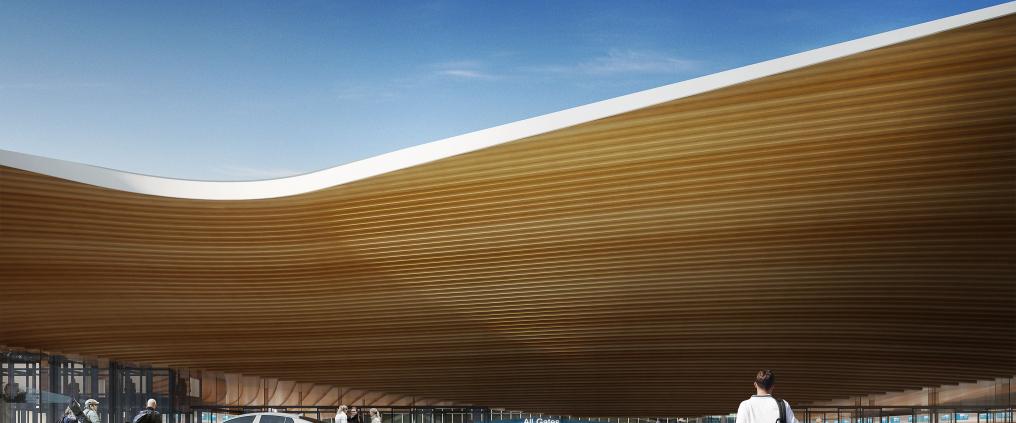“Together with our alliance partners, we have been using the latest technology since the planning phase of Helsinki Airport’s development programme. Data modelling has been a key part of the airport's extension planning, interaction and deployment of facilities and services,” says Henri Hansson, SVP, Technical Services at Finavia.
Hansson explains that data modelling has been widely used in the extension project of Terminal 2 as part of the development programme of Helsinki Airport.
“Virtual safaris are an excellent example of our use of data modelling. With the help of virtually simulated rounds, we were able to get the companies operating at the airport and their staff involved in the project planning. Several hundred people were able to explore future plans, facilities and details and to give feedback years before the facilities were completed,” he says.
“Finavia has been using data modelling since 2006 and it has been continued through the 10-year development programme of Helsinki Airport.In the implementation of the Terminal 2 extension project, data modelling has been used by all partners of the development programme,” says Design Manager Kari Ristolainen in charge of designing the terminals and directing data modelling at Finavia.
According to Ristolainen, the extension of Terminal 2 has been challenging due to its scale and complexity. It is a hybrid project where the construction and simultaneous use and functionality of the premises are ensured by careful planning and temporary arrangements.
“Helsinki Airport's air and passenger traffic has operated side by side with the construction, which is why special attention has been paid to safety, customer experience and communication,” says Ristolainen.
The annual BIM Awards celebrate the world's most impressive data model-based construction projects using Tekla software. The best projects will be nominated for the international Tekla BIM Global Awards.
The project to extend Terminal 2, which is part of Helsinki Airport's development programme, was assessed as the best by both the jury and the public vote.
The jury's reasons for granting the award to the project included successful data model-based cooperation between the project parties in design steering and coordination as well as the successful use of data models in component manufacture.
The Terminal 2 alliance consists of Finavia, SRV, ALA Architects, HKP Architects and Ramboll Finland. Gravicon is in charge of data model coordination. PES Architects, Sweco Structures Ltd, Granlund, Sitowise, Sipti and Gravicon have worked on the data model-based design and construction for the projects intended to increase the capacity of transit traffic.



